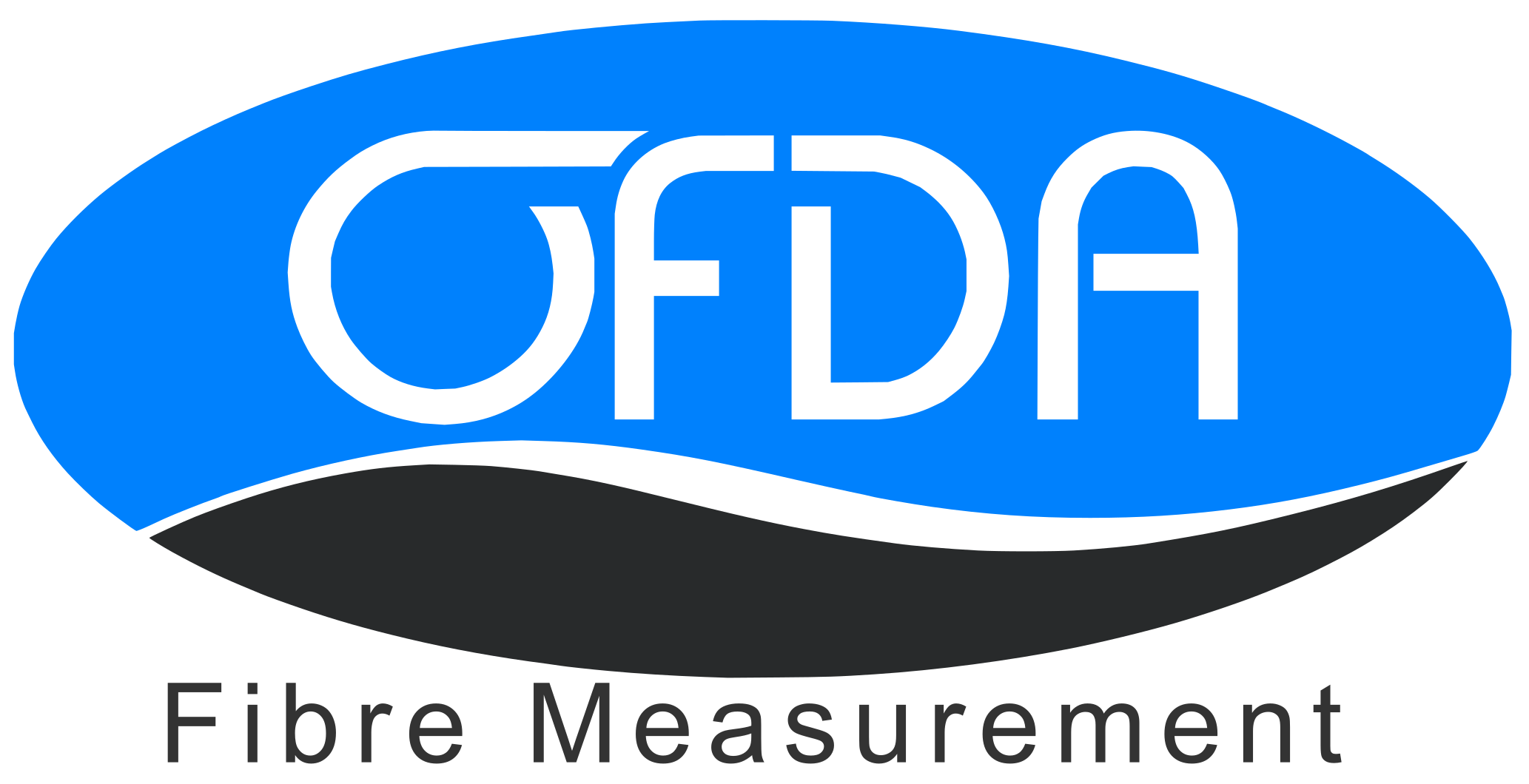Measuring Fibre Length: Key to Excellence in Textile Quality
- Thomas Hegerty
- Apr 30
- 2 min read
Updated: Sep 24
When you hear “OFDA,” diameter is probably the first metric that comes to mind. But there’s another equally important parameter: length measurement. Whether you’re processing Merino wool, hemp or recycled synthetics, accurate fibre length measurement influences yarn strength, fabric drape and machine efficiency. In this blog, we’ll unpack what length measurement entails, why it’s vital and how Optical‑based Fibre Diameter Analyser (OFDA) turns this data into a competitive edge for textile producers.
What Does Fibre Length Measurement Mean?
Length measurement captures the distribution of individual fibre lengths within a sample, typically expressed in millimetres. Unlike staple length (distance from butt to tip), length measurement assesses the actual fibres after carding, showing variations that can make or break yarn quality.
Quick fact: A 35 mm average length with a narrow distribution yields stronger, smoother yarn than a 35 mm mean with lots of short outliers.
How Length Measurement Affects Textile Properties
Yarn Strength: Longer, uniform fibres twist better, boosting tensile strength.
Evenness & Hairiness: Reduced short fibres minimises pilling and fly‑offs.
Spinning Efficiency: Consistent length lowers breakage, increasing machine speed.
Fabric Handle & Drape: Balanced length improves softness and flow.
Waste Reduction: Accurate data optimises blending, cutting raw‑material costs.
OFDA Technology and Length Measurement
1. Dual‑Metric Power
While OFDA2000 excels in diameter analysis for greasy wool, the OFDA4000 integrates length measurement alongside micron data for sliver, top and finished fabric. This dual‑metric approach lets mills adjust both fibre fineness and length in real time.
2. Rapid Optical Scanning
Image Capture – High‑resolution optics photograph thousands of fibre snippets.
Algorithmic Analysis – Software calculates individual lengths, producing a mean, median and length CV%.
Instant Output – Results appear on‑screen in under a minute, ready for QC decisions.
3. Portable Versatility
The OFDA4000 is bench‑top but compact—perfect for lab, mill floor or even trade‑show demos, proving fibre specs to discerning buyers.
Beyond Wool: Length Measurement for Diverse Fibres
Fibre | Ideal Length Range | Key Performance Benefit |
Cotton | 28–34 mm staple | Stronger ring‑spun yarn |
Hemp | 38–50 mm | Superior tensile strength |
Mohair | 90–120 mm locks | Lustrous, durable yarns |
Recycled PET | 32–40 mm | Smooth, low‑pill knits |
With OFDA, producers of natural, synthetic or recycled fibres can adopt uniform length standards, boosting brand credibility and customer trust.
Length Measurement Statistics Explained
Mean Length (ML) – Average fibre length; headline figure.
Length CV% – Variation; lower is better for even yarns.
Short Fibre Content (< n mm) – Percentage of fibres below a threshold; key for spinning.
OFDA software outputs these metrics in one consolidated report, streamlining decision‑making.
Sustainability Wins Through Accurate Length Measurement
Energy Savings – Fewer breakages reduce electricity usage on spinning frames.
Material Efficiency – Precise blending cuts raw‑fibre waste.
Longevity – Fabrics last longer, reducing landfill impact.
Traceability – Data supports environmental certifications and transparent supply chains.
Precision Length Measurement Is a Game‑Changer
Length measurement isn’t just another number—it’s the backbone of high‑quality, high‑performance textiles. Coupled with micron data, it delivers the holistic fibre profile manufacturers need to excel in demanding markets. Robotic Vision’s OFDA analysers make capturing this vital metric fast, accurate and cost‑effective.
Ready to Lock In Perfect Length?
Experience the OFDA advantage today. Contact Robotic Vision and see how real‑time length measurement can elevate your fibre quality, slash downtime and win over sustainability‑minded customers.





Comments